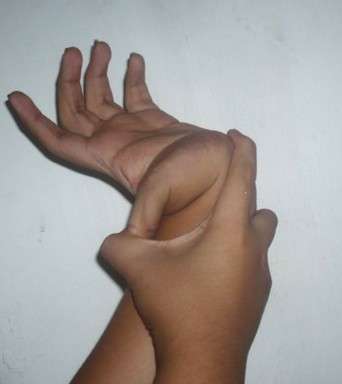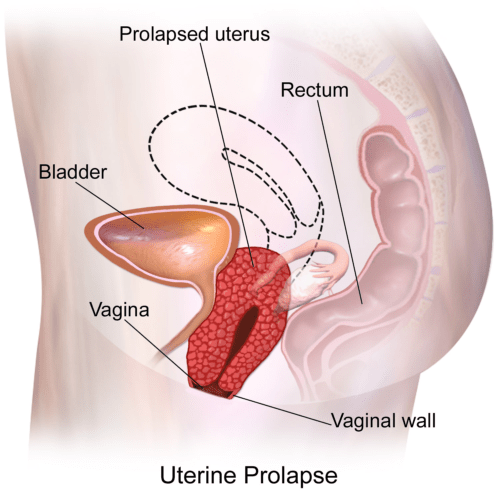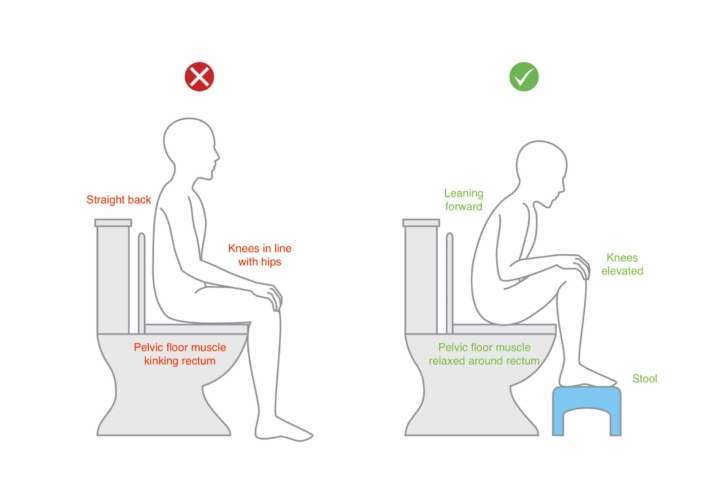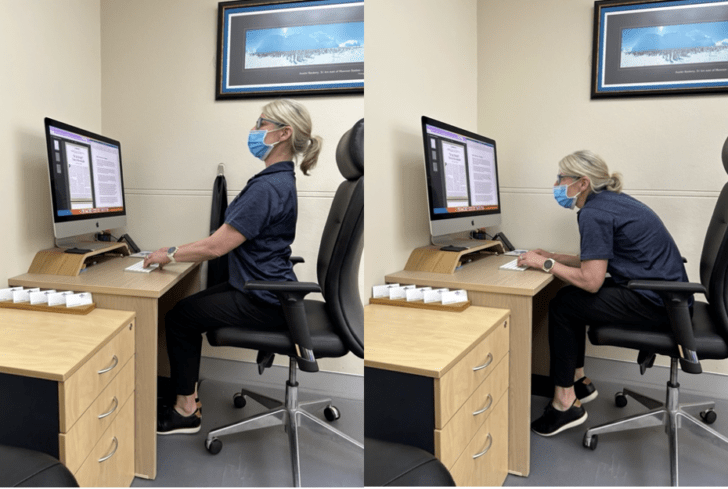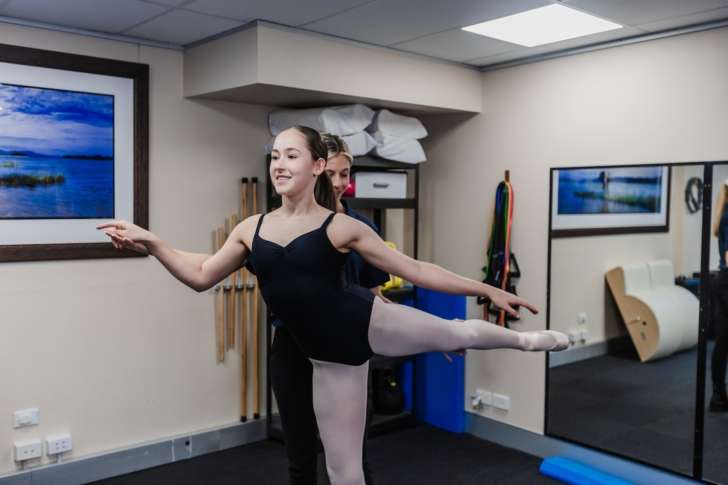Parkour, the sport of moving fluidly through urban landscapes, is as physically demanding as it is thrilling. But for many athletes, this fast-paced, energy-intensive discipline can take a toll on the body, particularly the knees. The explosive jumps, precision landings, and rapid changes in direction can lead to a frustrating injury known as patella tendinopathy, or jumper’s knee.
This article explores how you can prevent and manage this common overuse injury with smart physiotherapy practices, proper load management, and effective warm-ups. After all, keeping your body strong and healthy is key to mastering parkour and pushing your limits.
Read more


